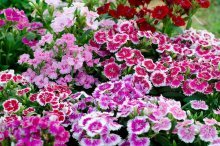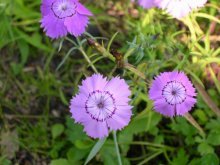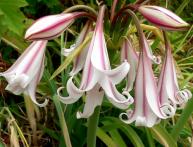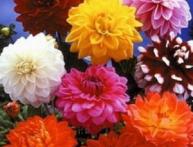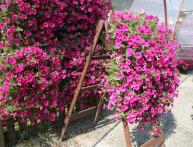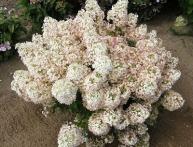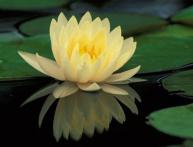Ural carnation: description, cultivation and use in the garden

Perennial flowering carnations are now more popular than ever among amateur gardeners and professional landscape designers. This is explained by the unpretentiousness and elegance of the flower.
Unfortunately, among carnation many thermophilic species. The situation is saved by flowers, which are widespread in the wild. About 20 varieties of this plant are common in Russia. Ural carnation is one of the winter-hardy and very unpretentious species.
Content:
Ural carnation, description
Ural carnation is widespread in the southern and middle Urals, Siberia, and Northern Kazakhstan. The species is endemic and belongs to the genus Carnation from the Carnation family. The plant was first discovered by the Russian scientist S.I. Korzhinsky, who in the last decade of the 19th century studied the nature of the Orenburg region, Siberia, Altai and collected material for a scientific work on the flora of Russia.
Currently, the plant has been assigned the status of a rare species; it is protected by law in the Chelyabinsk region and on Mount Cheka, which is recognized as a natural monument. The life form of Ural carnation is a perennial, low-growing semi-shrub plant. Stems are numerous with good branching.
Their height is up to 20 - 25 cm.This culture is characterized by the simultaneous presence of both vegetative and flowering shoots. The leaves are not large, entire, pointed, up to 25 mm in length and up to 15 mm in width. Located on shoots opposite.
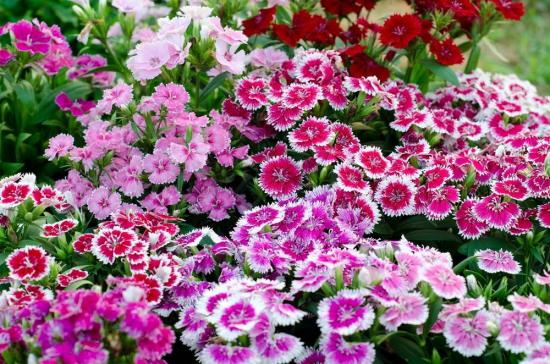
The flowers are simple, the number of petals is 5, located one at a time at the tops of the shoots, with a diameter of 15 mm. The edges of the petals are finely toothed. The color is light pink. The underside of the petals is green-yellow.
It blooms from about June 10, blooms throughout July, until the first ten days of August. In September, the fruits - capsules - ripen. The plant feels good on poor loamy lands, on rocky slopes and rocks. Ural carnation begins to bloom from the second year of life and is prone to self-sowing.
Since in the wild the plant is very often found in mountainous areas of the steppe, it is widely used in cultivation for the design of rock gardens, alpine slides, and rocky gardens. Looks good along the edges of flower beds and flower beds. You can create mixed compositions with other types of carnations. It is good to sow it along paths or fill decorative “windows” among slabs or other covering. It is not difficult to plant and grow Ural cloves on your own.
How to plant Ural cloves
A place well lit by the sun is suitable for growing carnations. It is better if the selected area has loamy, fertile, well-drained and non-acidic soil.
You can propagate the plant at home:
- sowing seeds in open ground
- sowing seeds for seedlings
- vegetative parts of the plant
Growing from seeds through seedlings
Two to three months before sowing, place the clove seeds in a cool place with a temperature no higher than + 2 + 4 degrees.In March, fill suitable bowls or boxes 7-8 cm high with a mixture of equal parts of peat, garden soil and sand. A day before sowing the seeds, water the soil with a pink solution of potassium permanganate.
Distribute the seeds over the surface, sprinkle with a thin layer of sand. Cover with glass. If after three weeks the seedlings do not appear, then the situation can be saved by briefly placing the seedlings in a cool place where the temperature is from 0 to + 2 degrees.
When one or three true leaves appear, the seedlings are planted in separate pots. They are planted in a permanent location at the end of May. Even in the first year of planting, carnations grown through seedlings can bloom by August.
Sowing in open ground
You can sow in late autumn, then the plant will bloom next spring. When sown in spring in mid-May, Ural carnation may bloom at the end of the season or in the second year. Dig up the selected area before sowing. It is advisable to slightly raise the soil. Distribute the seeds over the surface of the ground. Sprinkle with a layer of soil. At landings Before winter, mulch with a layer of peat.
Video about proper planting and caring for carnations:
Since the Ural carnation has a tap root, propagation by dividing the bush is not suitable for it. But it is very easy to obtain cuttings with roots for propagation. In the spring, you need to bend down a suitable shoot, pin it and cover it with earth. In the second half of summer, cuttings with roots can be planted in a permanent place. Caring for an adult plant is not at all difficult.
Some features of caring for Ural cloves
To prolong flowering and preserve the decorative appearance of the carnation, all flower stalks are cut off immediately after flowering. After removing the flower stalks, the ground is loosened.Immediately after this, the plant is fed with any mineral mixture. During the season, the carnations can be watered with a solution of organic fertilizer. They respond well to the addition of rotted humus.
In one place without replanting, Ural carnation can grow for up to 5-6 years. After this, the plantings need to be updated. When growing carnations, it is important to remember that waterlogging and stagnation of water are destructive for this plant. In the spring, to avoid damage, you can create a tent of spruce branches over the carnation plantings.
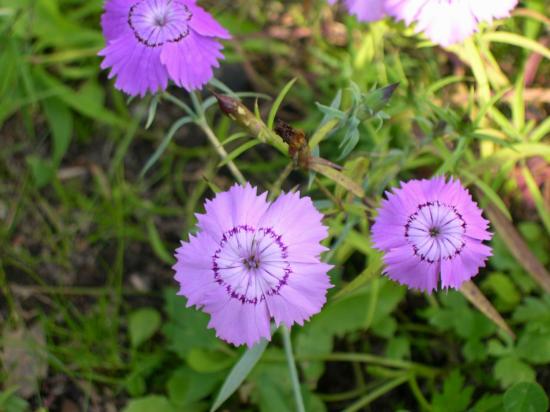
This will preserve the plantings during a sharp drop in temperature after the thaw. If the choice is made in favor carnations Ural and other winter-hardy species, they will decorate the site and repay the grower with long and bright flowering.

